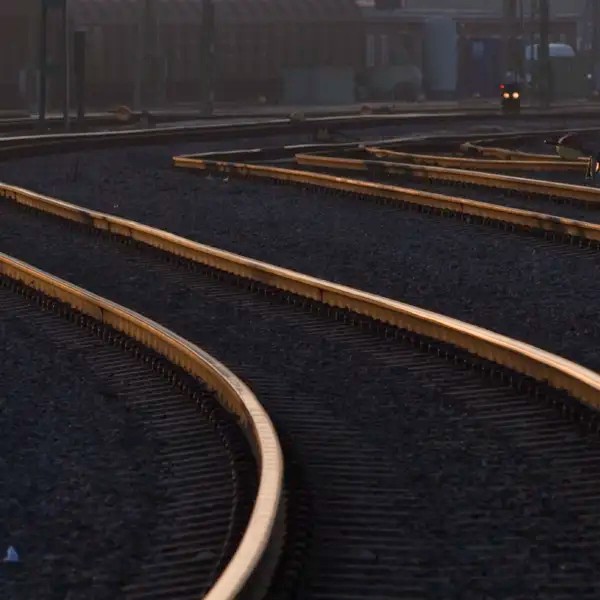
The division works cross-disciplinarily, spanning a broad range of applications and methods to predict, understand, and improve the behaviour of materials and structures. Through our strong commitment to teaching and research, we strive to deliver sustainable mechanics-based technology solutions to society.

Active fields

Structural mechanics
By combining the fundamental principles of classical solid and fluid mechanics with experimental and computational techniques, we address several complex civil engineering problems of interdisciplinary character.

Metals
Generally, the mechanical properties such as ductility, strength, resistance to creep, and fatigue of engineering materials are determined by their (micro)structure at different geometric scales.

Railway mechanics
Research in railway mechanics reduces the life-cycle costs of the railways and decreases the environmental footprint of the railway.

Lightweight materials and structures
Lightweight structural materials are in ever greater demand. Road vehicles, aircraft, and sea vessels need to reduce greenhouse gas emissions and increase energy efficiency.

Process Modelling and Simulation
A key factor in the competitiveness of manufacturing industries is the ability to detect and act on changes in the market with respect to lightweight and environmentally friendly products.
